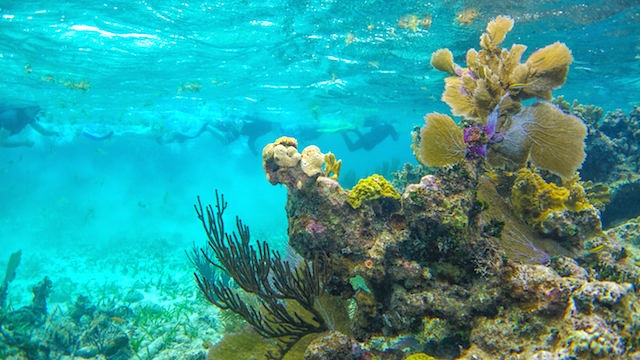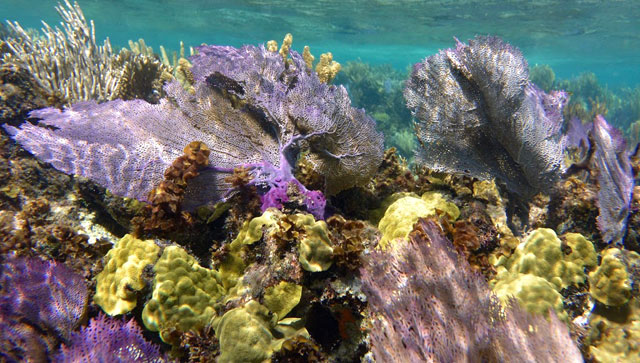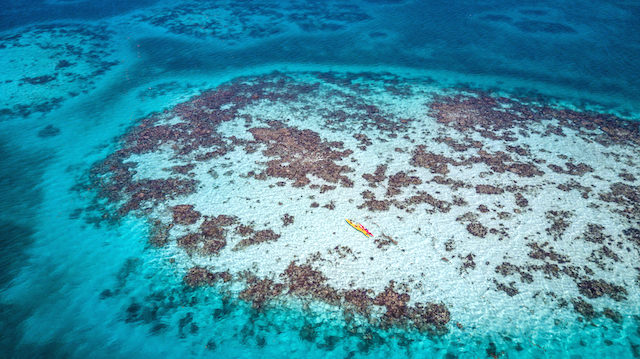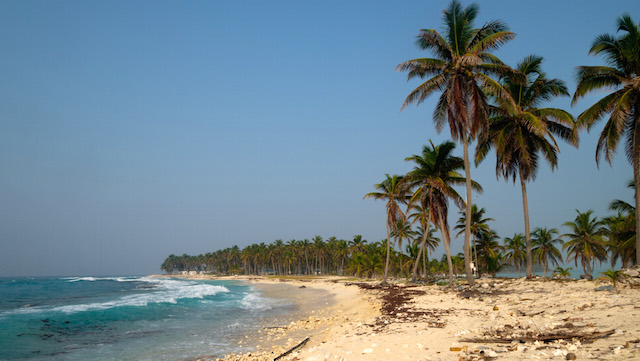
What is Coral?
Coral is a marine invertebrate animal and the branch or mound that is called “coral” is actually made up of thousands of tiny animals called polyps. These polyps form a living mat over a calcium carbonate skeleton. Corals get their food from algae living in their tissues or by capturing and digesting prey. They have tentacles with small stinging cells called nematocysts which extend to feed. Corals are most active at night which makes a snorkelling event at this time, something you must experience.

How Is A Coral Reef Formed?
Coral reefs are made up of millions of the coral polyps. The coral species that build the reefs are known as hard corals and they grow slowly until they become massive features of the submarine environment.
Coral reefs rely heavily on warm water and sunlight to live. For this reason, the biggest coral reefs are found in the clear, shallow ocean waters of the tropics and subtropics. The largest of these coral reef systems is the Great Barrier Reef of Australia, which is more than 1,500 miles (2,400 km) in length. The second largest coral reef system is the Belize Barrier Reef , which is a 300 kilometres long section of the 900 kilometres long Mesoamerican Barrier Reef System.

Glover’s Reef Atoll on the Belize Barrier Reef
Why Do We Need Coral Reefs?
Coral reefs are important for many different reasons. They provide a buffer to protect the shoreline from waves, storms, and floods. Corals provide habitats and shelter for fish and many marine organisms. The coral reefs are also important to local economies which rely on tourism income from visitors through diving, snorkeling, fishing and other recreational activities.
Why Are Coral Reefs in Danger?
Coral reefs are in significant danger from climate change and many coral reefs are dying around the world. Coral bleaching, which has been seen across the world, has led to the widespread coral decline. In 2016, 29% of shallow water corals on the Great Barrier Reef in Australia died. This is an alarming rate for one year.
What is bleaching? Bleaching happens when algae that live in the coral is expelled due to stress caused by extreme and sustained changes or increases in temperatures, turning the coral white and putting it at risk of dying if conditions do not return to normal.
Pollution is another factor causing the coral reefs to die. Between 4000 and 6000 tons of sunscreen washes off swimmers every year on their vacations and it’s the ingredients in regular sunscreens that promote viral infections in the coral, as well as covering it with oils.
Watch Chasing Coral on Netflix
Over the last three years, Emmy-winning filmmaker, Jeff Orlowski, and his team have followed the work of The Ocean Agency in recording and revealing a global coral bleaching event and the impacts of climate change on the world's coral reefs. The biggest story of our changing climate is hidden beneath the waves and a team of divers, scientists and filmmakers have finally captured it on film. We highly recommend watching Chasing Coral on Netflix and understand what coral bleaching reveals about our future.
Chasing Coral on Netflix
Tips on Protecting Coral Reef
One of the greatest threat to coral is increasing sea temperatures due to climate change. To limit the warming that threatens our ecosystems, carbon emissions must be reduced by implementing climate solutions. This includes using clean energy like solar, wind and electric cars and making them more accessible and widely available. We need to repopulate the most resilient coral strains and protect reefs from activities that threaten them like dredging, overfishing and pollution.
Environmentally Safe Sunscreen
Look for a sunscreen without oxybenzone a chemical shown to damage coral reefs. We encourage using a biodegradable sun-block that will break down naturally in the environment. When doing activities on the reef start by using clothing to cover yourself instead of sunscreen or use rash guards and UPF swimwear with built-in sun protection to limit the amount of skin protection needed. If you have to use sunscreen, it’s important to also apply it 30 minutes prior to entering the water.
Island Expeditions Conservation Efforts for the Belize Barrier Reef
Island Expeditions has a 30-year history in Belize and has strongly supported conservation efforts in the country. Each year we have been able to contribute over $100,000 to organizations that are actively involved with protecting the coral reefs, wildlife management, education and advocacy for sustainable development in Belize.
We support Fragments of Hope an organization that supports the restoration of coral reef habitats and advocacy for the sustainable management of associated habitats.
We are instrumental in generating over $100,000 US a year for the operations and maintenance of Lighthouse Marine Park Reserve , where our Basecamp is located on Half Moon Caye .

Half Moon Caye, Lighthouse Reef Atoll